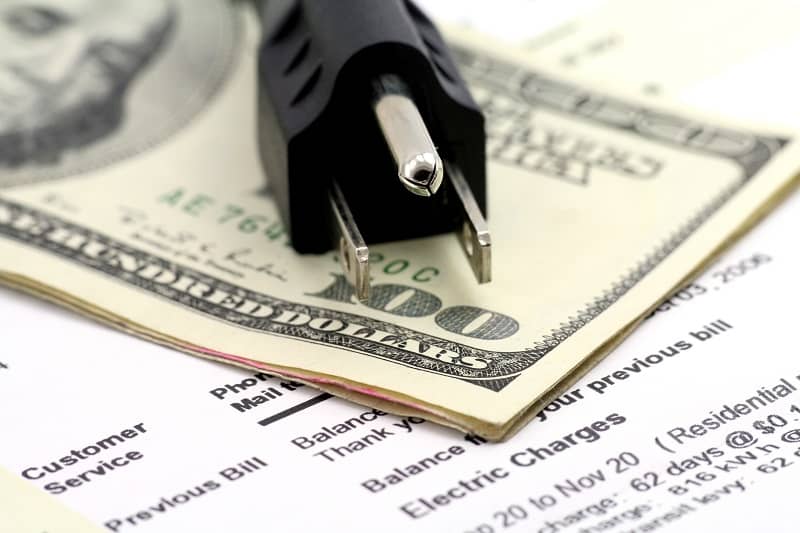A new Cascade Policy Institute–Reason Foundation study finds that wind energy is not suited to be the lone or primary source of a grid’s total electricity, due to its variable nature. If used to produce more than 10-20 percent of a system’s electricity, wind power increases operating costs because it requires expensive storage facilities or continuously available carbon dioxide-emitting backup power generation facilities.
In the Pacific Northwest, the backup to wind power has been provided by the Columbia River hydro system. However, hydroelectricity has even less carbon dioxide associated with it than does wind power. Displacing hydropower from the grid in favor of wind is actually a step backwards from the standpoint of reducing greenhouse gas emissions.
Two factors drive Oregon’s policy preference for wind power: subsidies to producers and Senate Bill 838’s Renewable Portfolio Standards. The Renewable Portfolio Standards force large utilities to procure 25% of their total power from politically designated “green power” sources by 2025. Both policies amount to a multi-billion-dollar tax on ratepayers, with net negative benefits for environmental quality.
As this study shows, policies favoring wind power are a mistake from both an environmental and an economic standpoint. Oregon legislators should repeal SB 838 and all wind power incentives in 2013.
John A. Charles, Jr. is President and CEO of Cascade Policy Institute, Oregon’s free market public policy research organization.











